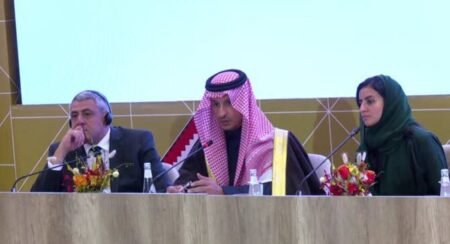DAMASCUS: Besides killing thousands of innocent citizens ,the recent plundering of priceless artifacts from Syria and Iraq by both terrorists and criminal gangs has taken place on an unprecedented scale.
All these stolen items have been turning up in Europe and the US, where they are being sold to private collectors.
According to the UN heritage body, UNESCO says that this illicit trade is worth millions of dollars.
But an innovative solution may now be at hand which enables archaeologists to trace precious artifacts.
Working in secret, in areas outside Syrian government control, Syrian archaeologists have begun painting some of the country’s most valuable artifacts with a clear, traceable liquid. The solution is invisible to the naked eye, but detectable under ultra-violet light.
The technology was developed by Smartwater, the British crime prevention firm, and was tested by scientists at Reading University and Shawnee State University in the US.
Roman mosaics, Byzantine pottery and ancient sculptures are all being treated with the liquid in a desperate race to stop Syria’s heritage being plundered by terrorists and criminal gangs.
The hope is that it will deter both collectors and smugglers of stolen items with the threat of prosecution, since each artefact bears a unique, identifiable code.
A renowned Syrian archaeologist, Professor Amr Al-Azm, has overseen the project.He told that the Smartwater tracing material, which has been designed not to harm ceramics and other ancient materials, was delivered to Turkey in January and then shipped across the Syrian border a month later.
Referring to the fact that so far it is only being used on artefacts in areas outside Syrian government control, Professor Al-Azm said that “Syria’s cultural heritage is under threat wherever it is,” adding: “This is something that unites us.”
After six years of conflict, so-called Islamic State (IS) militants, working with smugglers and criminal gangs, have already looted much of Syria’s treasure.
According to Unesco, the smuggling of valuable artifacts out of the Middle East ranks as one of the major global illicit industries, alongside arms, drugs and human trafficking.
A large but unknown quantity of artefacts has been turning up in Europe and the US, where intermediaries try to sell them to private collectors.
Professor Al-Azm is hoping that word will soon spread, amongst smugglers and collectors alike that handling the region’s stolen heritage could end in a criminal prosecution.



